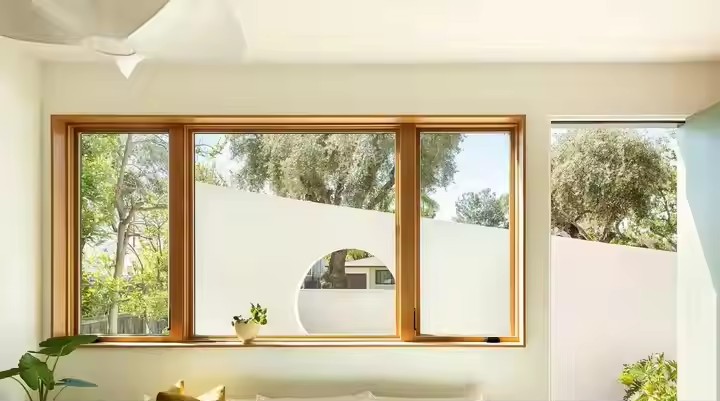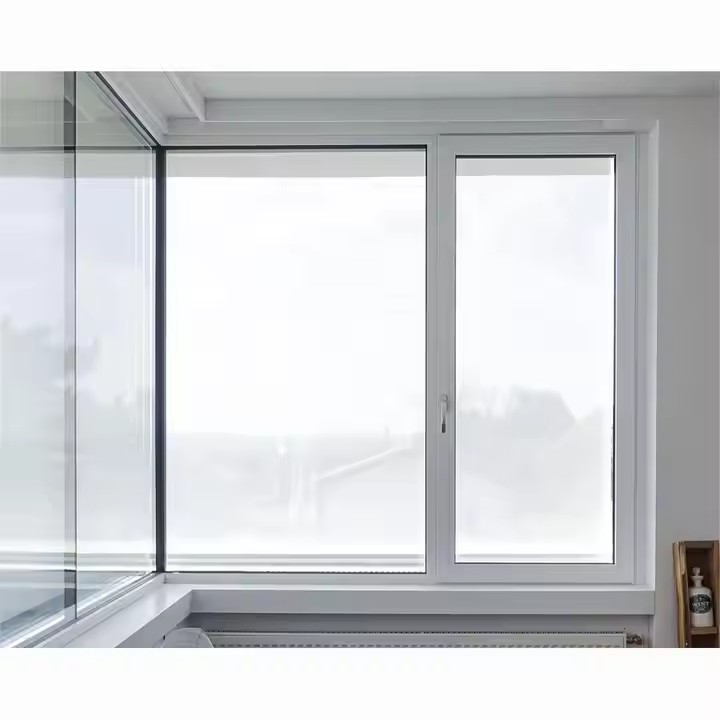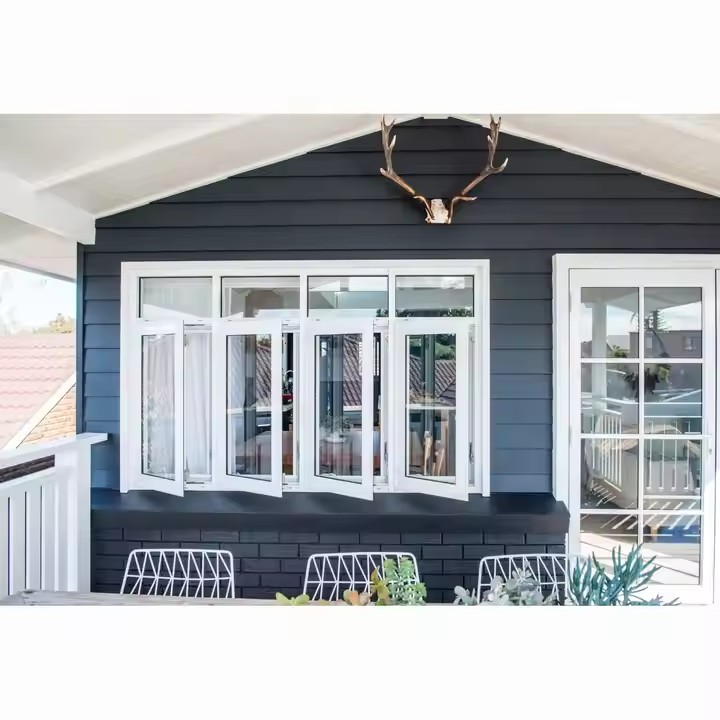- Functional Design Optimized for Australia’s Climate
Australia’s vast territory brings significant climate variations: the north has a tropical climate with high temperatures, heavy rainfall, and strong UV radiation; the south has a temperate climate with cold and windy winters. Chinese sliding windows need to be functionally optimized to address these differences and meet regional needs.
For thermal insulation, multi-layer insulated glass with Low-E (low-emissivity) coating should be used. This effectively blocks UV and infrared rays, reducing heat gain in summer and retaining indoor warmth in winter—suiting both northern and southern regions. Window frames should adopt upgraded sealing systems with multiple sealing strips to improve airtightness, preventing humid tropical air from causing indoor mold and resisting cold southern winds, thereby reducing energy consumption.
Given Australia’s intense sunlight, sun-shading design is essential. Adjustable aluminum louvers or roller shutters on the exterior can regulate shading angles based on sunlight intensity, minimizing direct UV damage to furniture while maintaining natural lighting. In addition, the opening method can be optimized as “dual-direction sliding + limiter.” In tropical, rainy areas, limited opening allows micro-ventilation without letting in wind-driven rain, balancing ventilation and weather protection.

- Exterior Design Aligned with Australian Aesthetics and Space
Australian homes emphasize a “natural, simple, rugged, and comfortable” style, prioritizing harmony with nature, rejecting excessive ornamentation, and favoring openness and practicality. Chinese sliding windows should move away from traditional Chinese carvings and symmetrical motifs, adopting clean, modern lines instead.
Frame colors should match mainstream Australian palettes—earth tones such as light coffee, off-white, and light gray. These blend well with common wooden furniture and light-colored walls while echoing outdoor scenery like grasslands and beaches, strengthening the indoor–outdoor visual connection. Custom color options such as dark brown or forest green can also be offered to suit diverse home styles.
In terms of spatial integration, Australian homes often feature “open layouts.” Sliding windows should enhance “spatial extension.” For terraces and courtyards in villas or multi-storey houses, large-format sliding windows can be designed, with single panels reaching 1.2–1.5 meters in width and extending to ceiling height. This achieves a “window-as-a-view” effect, bringing greenery and outdoor scenery indoors to enhance transparency. Hidden track systems should be used to maintain floor continuity and meet Australia’s aesthetic preference for smooth, seamless interiors.
- Details and Materials Matching Australian Lifestyles
Outdoor living is central to Australian family life, with balconies and courtyards used daily. Sliding windows, as the indoor–outdoor connector, should adapt to these habits. For example, frame edges can include storage grooves for plants, décor, or outdoor items. The sash resistance should be moderate—easy for children and elderly users to operate, while preventing strong winds from sliding the panels uncontrollably.
Material choice must balance durability and sustainability. Under strong Australian UV exposure, traditional PVC frames age quickly. Thermal-break aluminum alloy is preferable, offering corrosion resistance, anti-aging properties, and high strength to withstand harsh environments. Aluminum is also recyclable, aligning with Australia’s eco-friendly standards. For glass, laminated glass is recommended: even if broken, fragments remain bonded, enhancing safety—an important factor for Australian families who value home security.

Sound insulation is also important, especially for homes near roads or public spaces. In addition to multiple sealing strips, acoustic cotton can be added inside the track to reduce noise transmission, creating a quieter, more comfortable indoor environment—matching Australians’ pursuit of quality living.
Designing Chinese sliding windows for the Australian market is not about simply adding stylistic elements. It requires systematic optimization across climate adaptation, aesthetic harmony, and lifestyle fit. Through functional upgrades, simplified appearances, refined details, and material improvements, sliding windows can retain their practicality while fully adapting to Australia’s environment and lifestyle. This ensures products that are both functional and stylish, meeting local demand for high-quality home solutions.

